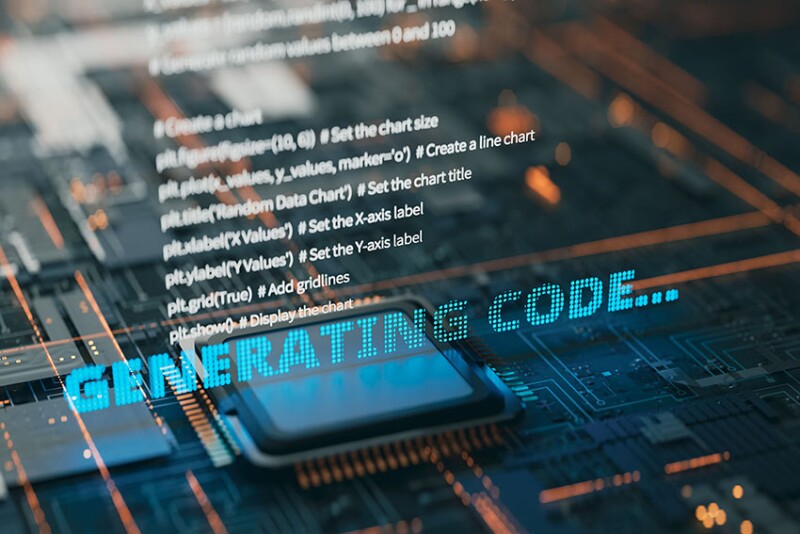After using ChatGPT-4 for more than a year, Clinton Lott has made familiarity with the large language model (LLM), a requirement for new software programming hires.
The director of Houston-based Spotter Tech gave this reasoning: “Taking 2 hours to do something that ChatGPT can do in 15 seconds is unacceptable today.”
It’s a line you’re likely to hear from the most ardent champions of LLMs, who have simultaneously reignited the world’s interest in and ire for artificial intelligence (AI). And while Spotter Tech, a small hydraulic fracturing data specialist, may be an exception with its hiring practices, it is far from the only upstream company embracing the new technology.
Both BP and Shell have recently given thousands of employees access to Microsoft’s new cloud service called Copilot, which at its core is powered by GPT-4, OpenAI’s latest and most capable LLM. Others including ExxonMobil have placed use of LLMs under lockdown while still signaling a long-term interest in their embrace.
As chair of SPE’s Data Science & Engineering Analytics Technical Section, Pushpesh Sharma has spent the past several months speaking with peers in the industry about how and where LLMs are being used.
The product manager for industrial software company firm Aspen Technology told JPT that it’s clear from those conversations that a good number of energy firms are interested in tailoring the technology to their needs, albeit many are doing so quietly as it remains early days.
“The big focus right now is on what they call fine tuning,” he said. “You take an existing base model that one of the big tech companies have created and make it more of a fit for your business. It’s kind of like taking a graduate student and then letting them work on their PhD with very specific subject matter.”
While OpenAI’s ChatGPT has become the popular symbol of LLMs, there are a growing number of alternatives in the mix. In February, Google introduced its latest model called Gemini 1.5 which seeks to rival GPT-4.

There are also open source LLMs that oil and gas companies can use as templates for internal projects.


